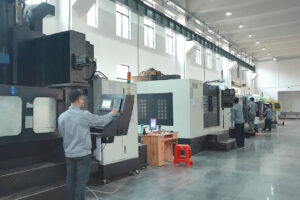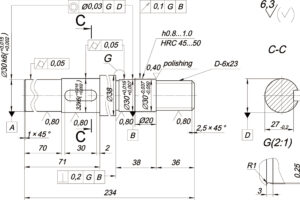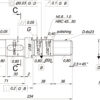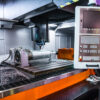When it comes to the advantages of 3D printing, let’s first understand the three most commonly used methods for product development and production:
- Subtractive manufacturing: A regular solid is cut and processed using CNC and other mechanical equipment, and finally, the product we need is obtained.
- Injection Molding: The production of a product by injecting material into a mold with heat, mainly for mass production.
- Additive Manufacturing: Also known as 3D printing, by adding materials layer by layer to build the final model.
Today, more and more companies in all walks of life are using the 3D printing process to realize product development. It has many significant advantages over other traditional manufacturing methods.
- Rapid Prototyping
Compared to machined prototypes, 3D printing can make multiple parts simultaneously, making parts faster and allowing each design modification to be done more efficiently.
- Flexible design
3D printing only needs to ensure the thickness of the part, and all structures can be printed. Therefore, more complex shapes can be designed.
- Print on demand
For products that need to be sold for a long time, 3D printing does not require a lot of store inventory. It can be made multiple times in small batches.
- Sturdy and lightweight
3D printing can improve traditional accessories, make products lighter and reduce the weight of products. This is especially important in industries such as automotive and aerospace.
- Rapid design and production
Depending on the design and complexity of the part, 3D printing can print objects in hours, which is much faster than molded or machined parts. Not only can the manufacture of parts save time with 3D printing, but the design process can also be very fast by creating print-ready STL or CAD files.
- Reduce waste
The production of the part requires only the material needed for the part itself and a small amount of support. 3D printing wastes little or no more than traditional processes cutting to shape from bulk, non-recyclable materials. This process saves resources and reduces the cost of the materials used.
- Cost-effectiveness
The 3D printing process does not require the operator to be present all the time, and as mentioned above, it saves materials to reduce many costs. While the purchase cost of 3D printing equipment can be high, outsourcing your project to a 3D printing service company can altogether avoid this cost.
- Ease of procurement
Send the drawings to the 3D printing service provider, and the product can be produced the next day. From sending the design drawings to getting the product, including the required express shipping, the whole process usually takes about 4 days.
- Environmentally friendly
Since this technology reduces the amount of material waste used, the process is inherently environmentally friendly. Simplifying the design of parts in the aerospace industry can also save fuel and other consumables, and the environmental benefits will be further expanded.
- Healthcare
3D printing is used in medicine to help save lives by printing human organs such as livers, kidneys, and hearts.







